Harappa is an archaeological site in Pakistan, about 25 km (16 mi) north of Sahiwal. The Bronze Age Harappan civilisation, now more often called the Indus Valley Civilisation, is named after the site, which takes its name from a modern village near the former course of the Ravi River, which now runs 8 km (5.0 mi) to the north. The core of the Harappan civilisation extended over a large area, from Gujarat in the south, across Sindh and Rajasthan and extending into Punjab and Haryana. Numerous sites have been found outside the core area, including some as far east as Uttar Pradesh and as far west as Sutkagen-dor on the Makran coast of Balochistan, not far from Iran.
The site of the ancient city contains the ruins of a Bronze Age fortified city, which was part of the Harappan civilisation centred in Sindh and the Punjab, and then the Cemetery H culture. The city is believed to have had as many as 23,500 residents and occupied about 150 hectar...Read more
Harappa is an archaeological site in Pakistan, about 25 km (16 mi) north of Sahiwal. The Bronze Age Harappan civilisation, now more often called the Indus Valley Civilisation, is named after the site, which takes its name from a modern village near the former course of the Ravi River, which now runs 8 km (5.0 mi) to the north. The core of the Harappan civilisation extended over a large area, from Gujarat in the south, across Sindh and Rajasthan and extending into Punjab and Haryana. Numerous sites have been found outside the core area, including some as far east as Uttar Pradesh and as far west as Sutkagen-dor on the Makran coast of Balochistan, not far from Iran.
The site of the ancient city contains the ruins of a Bronze Age fortified city, which was part of the Harappan civilisation centred in Sindh and the Punjab, and then the Cemetery H culture. The city is believed to have had as many as 23,500 residents and occupied about 150 hectares (370 acres) with clay brick houses at its greatest extent during the Mature Harappan phase (2600 BC – 1900 BC), which is considered large for its time. Per archaeological convention of naming a previously unknown civilisation by its first excavated site, the Indus Valley Civilisation is also called the Harappan Civilisation.
The ancient city of Harappa was heavily damaged under British and French rule, when bricks from the ruins were used as track ballast in the construction of the Lahore–Multan Railway. The current village of Harappa is less than 1 km (0.62 mi) from the ancient site. Although modern Harappa has a legacy railway station from the British Raj period, it is a small crossroads town of 15,000 people today. In 2005, a controversial amusement park scheme at the site was abandoned when builders unearthed many archaeological artefacts during the early stages of building work.
 Map showing the sites and extent of the Indus Valley civilization. Harappa was the centre of one of the core regions of the Indus Valley Civilization, located in central Punjab. The Harappan architecture and Harappan Civilization was one of the most developed in the old Bronze Age.
Map showing the sites and extent of the Indus Valley civilization. Harappa was the centre of one of the core regions of the Indus Valley Civilization, located in central Punjab. The Harappan architecture and Harappan Civilization was one of the most developed in the old Bronze Age.The Harappan Civilization has its earliest roots in cultures such as that of Mehrgarh, approximately 6000 BC. The two greatest cities, Mohenjo-daro and Harappa, emerged c. 2600 BC along the Indus River valley in Punjab and Sindh.[1] The civilization, with a possible writing system, urban centres, drainage infrastructure and diversified social and economic system, was rediscovered in the 1920s also after excavations at Mohenjo-daro in Sindh near Larkana, and Harappa, in west Punjab south of Lahore. A number of other sites stretching from the Himalayan foothills in the east Punjab, India in the west, to Gujarat in the south and east, and to Pakistani Balochistan in the west have also been discovered and studied. Although the archaeological site at Harappa was damaged in 1857[2] when engineers constructing the Lahore-Multan railroad used brick from the Harappa ruins for track ballast, an abundance of artefacts have nevertheless been found.[3]
Because of the reduced sea-levels, certain regions in the late Harappan period were abandoned .[4] Towards its end, the Harappan civilization lost features such as writing and hydraulic engineering.[5] As a result, the Ganges Valley settlement gained prominence and Ganges' cities developed.[4]
The earliest recognisably Harappan sites date to 3500 BC. This early phase lasts till around 2600 BC. The civilization's mature phase lasted from 2600 BC to 2000 BC. This is when the great cities were at their height. Then, from around 2000 BC, there was a steady disintegration that lasted till 1400 BC – what is usually called Late Harappan.[6] There is no sign that the Harappan cities were laid waste by invaders. The evidence strongly points to natural causes. A number of studies show that the area which is today the Thar Desert was once far wetter and that the climate gradually became drier.[7]


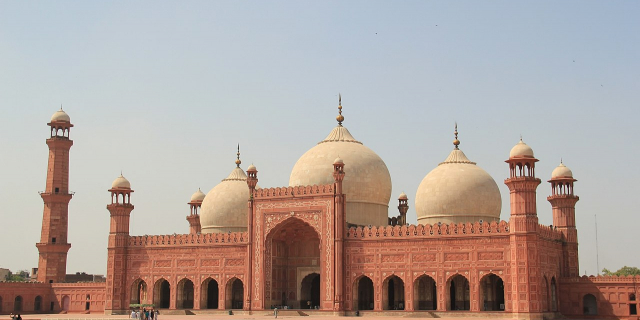

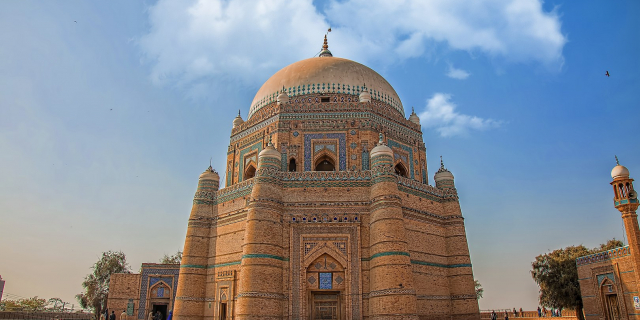



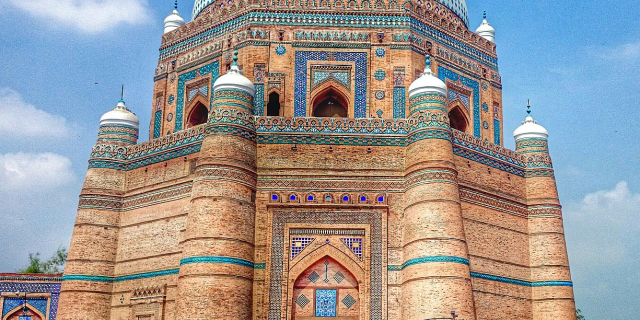

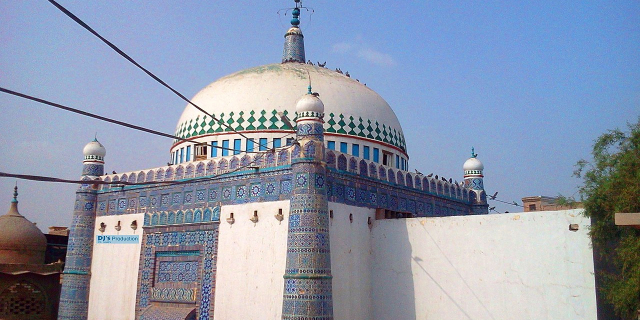

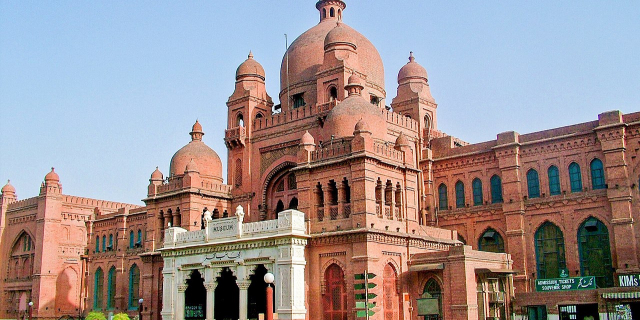


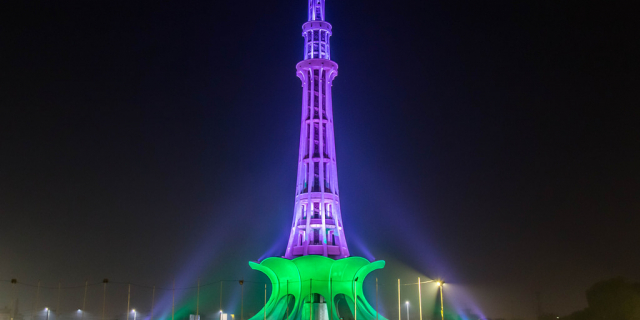
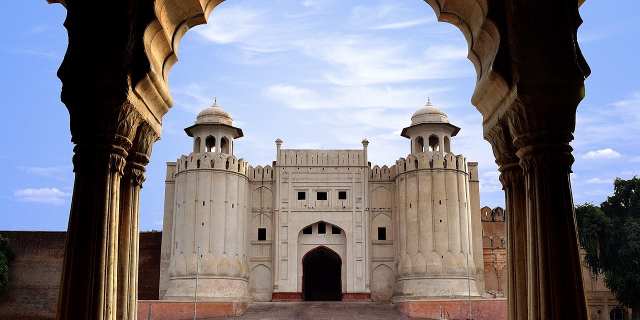

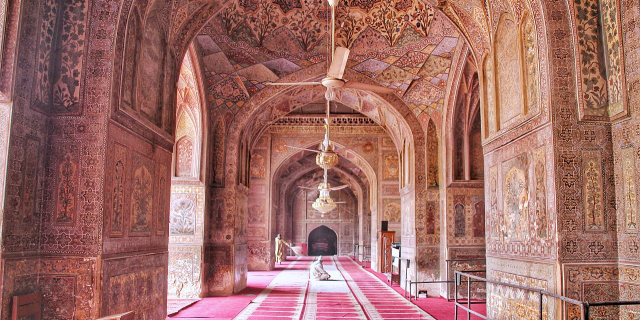
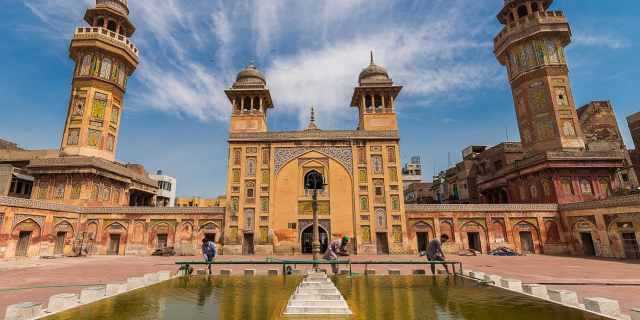
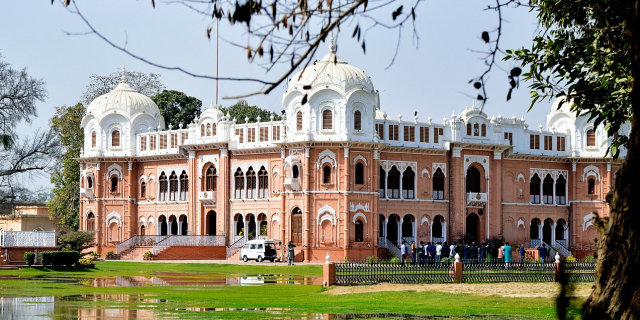
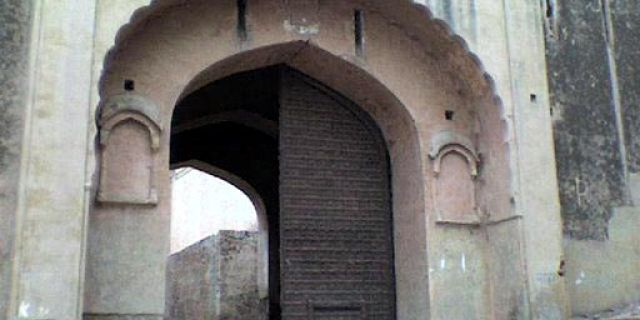






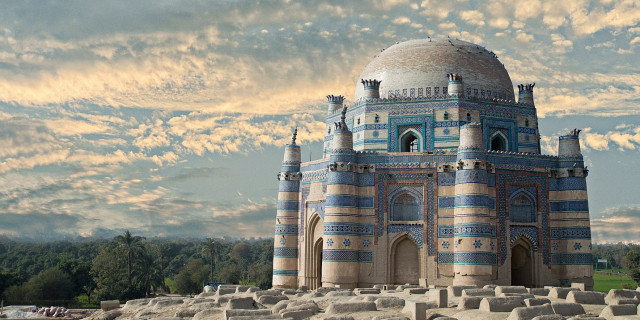


Add new comment